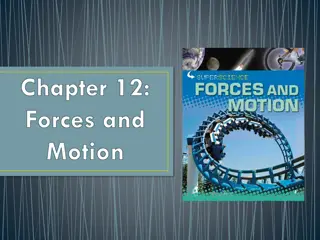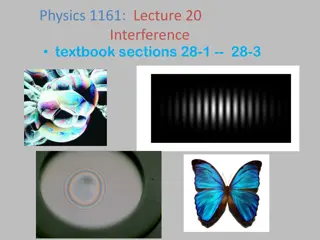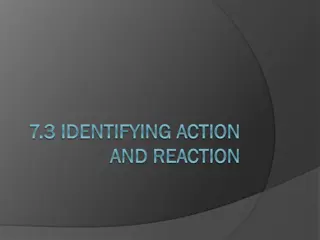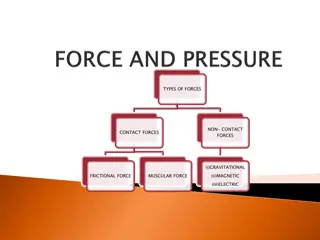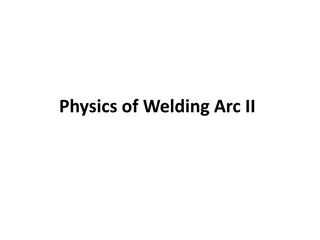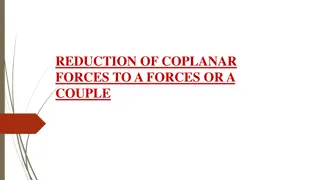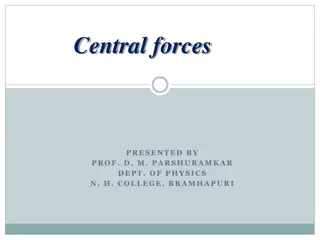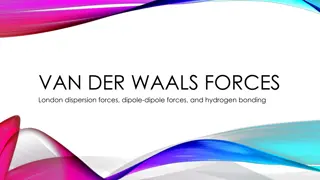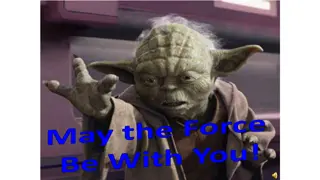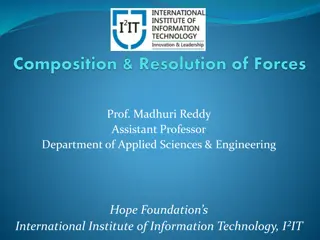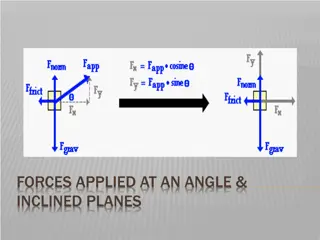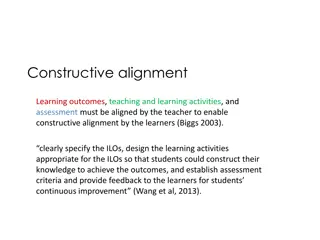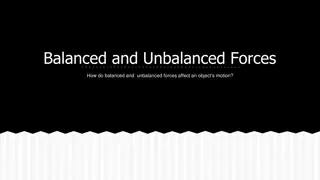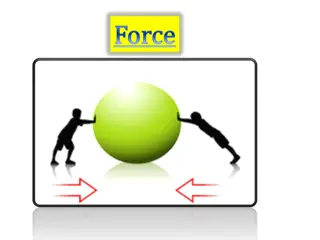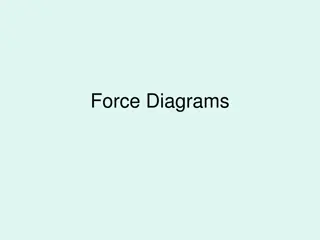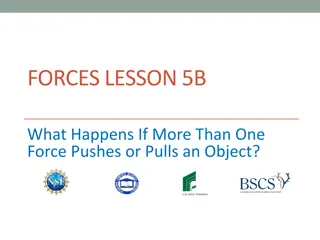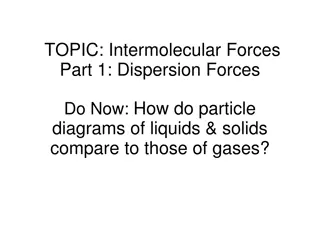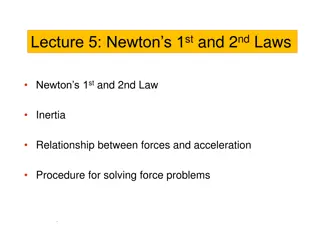Constructive & Destructive Forces
The impact of constructive and destructive forces on Earth's surface through examples like volcanoes, earthquakes, erosion, and more. Discover how mountains form, how earthquakes are measured, and the effects of erosion on landscapes. Learn about the Ring of Fire and the movement of tectonic plates in this engaging 5th-grade Earth Science content.
Download Presentation

Please find below an Image/Link to download the presentation.
The content on the website is provided AS IS for your information and personal use only. It may not be sold, licensed, or shared on other websites without obtaining consent from the author.If you encounter any issues during the download, it is possible that the publisher has removed the file from their server.
You are allowed to download the files provided on this website for personal or commercial use, subject to the condition that they are used lawfully. All files are the property of their respective owners.
The content on the website is provided AS IS for your information and personal use only. It may not be sold, licensed, or shared on other websites without obtaining consent from the author.
E N D
Presentation Transcript
Constructive & Destructive Forces 5thGrade Earth Science
Give at least 3 examples of a constructive force. Volcano Earthquake Deposition Faults
What is the difference between weathering and erosion? Weathering is the breaking down of the earth s surface (rocks). Erosion is the movement of the sediment.
Give at least 3 examples of a destructive force. Erosion Volcanoes Earthquake Weathering Impact of organisms
How is a mountain formed? Mountains form when continental plates collide.
What is mass movement? Mass movement is the downhill movement of rock and soil due to gravity. Examples include landslides and mudslides.
How is an earthquake measured? An earthquake is measured on a Richter scale.
What is washed away by erosion? Sand, topsoil, and sediment are washed away by erosion.
What is the Ring of Fire? The Ring of Fire is made up of volcanoes that are located at plate boundaries around the Pacific Plate.
Plates float on what soft layers? Plates float on the softer rock of the mantle.


